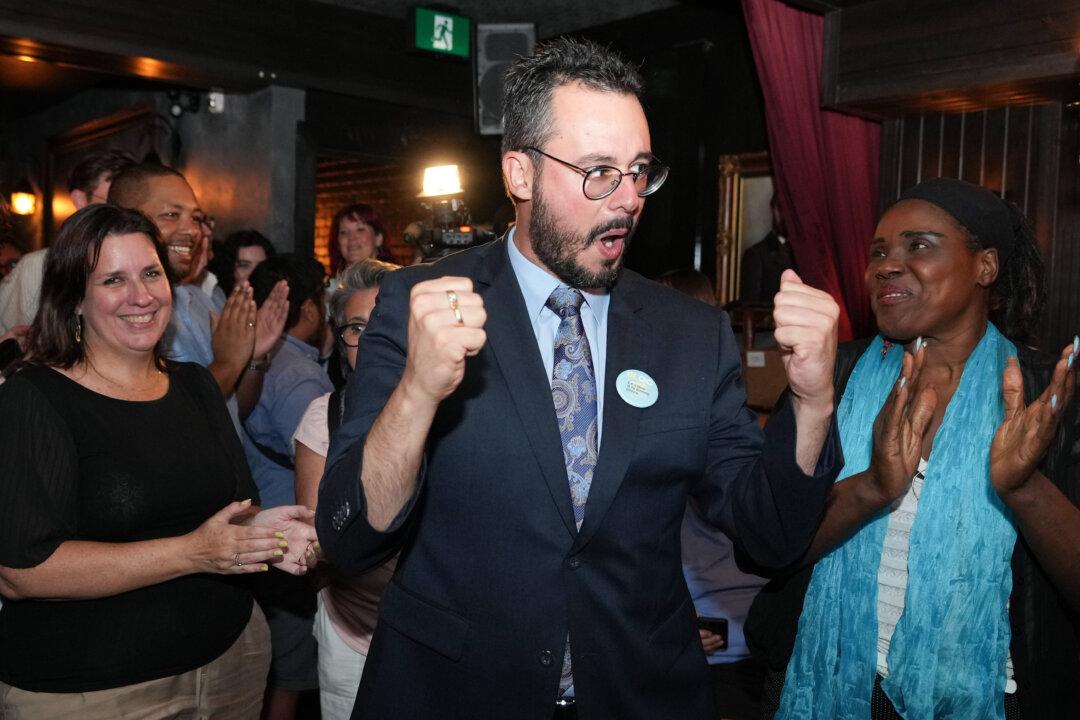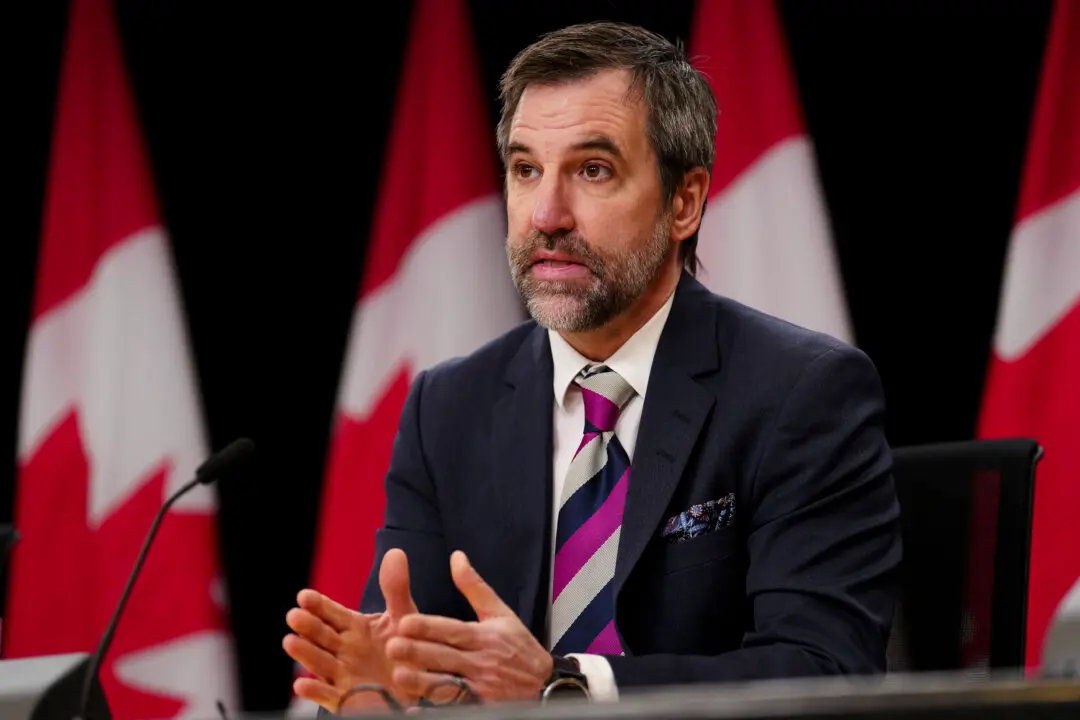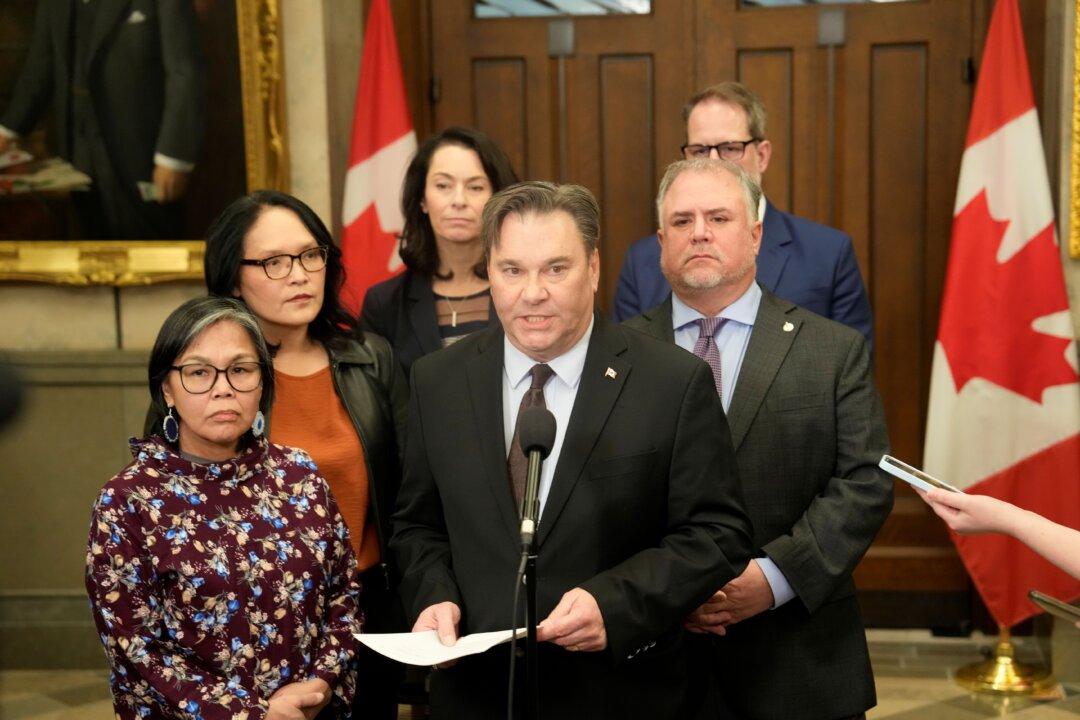The Bloc Québécois emerged as the winner in Montreal’s LaSalle–Émard–Verdun riding in yet another byelection upset for the Liberals, while the NDP narrowly held on to its seat in Winnipeg’s Elmwood–Transcona byelection on Sept. 16.
The Liberals’ defeat in the Montreal stronghold comes on the heels of another surprise byelection loss nearly three months ago in Toronto–St. Paul’s, where the Conservatives won in the riding previously held by the Liberals for over three decades.






